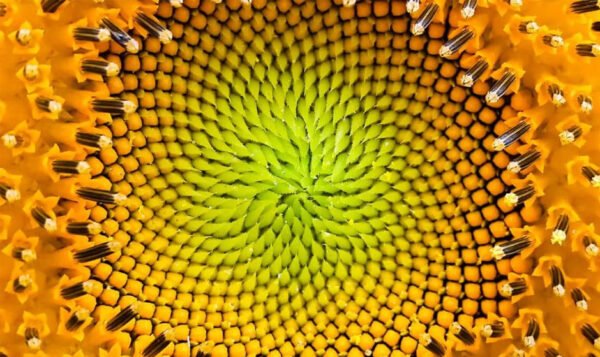The Psychology of UI Design: Influencing User Behaviour

In the vast digital landscape, where websites and apps compete for users’ attention, understanding the psychology of UI design becomes paramount. User Interface (UI) design goes beyond aesthetics and functionality—it has the power to influence user behaviour, guiding them towards desired actions and enhancing the overall user experience.
By tapping into psychological principles, designers can create interfaces that captivate and engage users, ultimately driving conversions and achieving business goals. In this guide, we’ll delve into the psychology of UI design and explore how it can shape user behaviour.
The Power of Visual Cues
By strategically placing visual elements such as arrows, buttons, and progress indicators, designers can guide users’ attention and prompt specific actions. For example, a brightly coloured call-to-action button draws attention and encourages users to click.
It’s important that designers understand how users’ eyes naturally move across a screen in order to strategically place elements to create a seamless and intuitive user journey.
The Psychology of Colour
Colour has a profound impact on human emotions and can significantly influence user behaviour. Different colours evoke specific emotions and associations. For instance, red is often associated with urgency or excitement, while blue conveys trust and tranquillity.
By selecting appropriate colours for UI elements, designers can elicit desired emotional responses and steer users towards desired actions. However, it’s crucial to consider cultural differences and the context in which colours are used to ensure optimal effectiveness.
The Principle of Social Proof
Humans are social beings, and we often seek validation and reassurance from others. The principle of social proof leverages this innate tendency by showcasing testimonials, reviews and social media shares.
By displaying positive user feedback, designers can create a sense of trust and credibility, influencing users to engage with the interface or make a purchase. Incorporating social proof elements strategically can significantly impact user behaviour and increase conversions.
The Scarcity Effect
The scarcity effect taps into the fear of missing out (FOMO) and creates a sense of urgency. By highlighting limited quantities, limited-time offers or countdown timers, designers can drive users to take immediate action.
The perception of scarcity triggers the desire to obtain something before it’s gone, prompting users to make a purchase or sign up for a service. However, it’s essential to use this psychological tactic responsibly and genuinely, ensuring that it aligns with the overall user experience.
The Power of Personalisation
Personalisation has become a prevalent trend in UI design, and for good reason—it has a significant impact on user behaviour. Tailoring the interface to individual users’ preferences and providing personalised recommendations creates a sense of relevance and increases engagement.
By leveraging user data and employing algorithms, designers can deliver a personalised experience that keeps users coming back for more.
Conclusion
The psychology of UI design offers valuable insights into human behaviour and enables designers to create interfaces that effectively influence user actions. By understanding the power of visual cues, leveraging the psychology of colour, incorporating social proof, utilising the scarcity effect and embracing personalisation, designers can create experiences that resonate with users on a deeper level.
The key lies in striking the right balance between persuasive techniques and ethical design practices, ensuring that users feel empowered and engaged rather than manipulated.
As you embark on your UI design project, remember the immense potential that lies in understanding the psychology behind it. Use these principles responsibly, and watch as your interface becomes a powerful tool for influencing user behaviour, driving conversions, and achieving your digital marketing objectives. Let the psychology of UI design be your secret weapon in crafting experiences that captivate and convert.
In a digital world where user attention is fleeting, understanding the psychology of UI design is the key to success.



